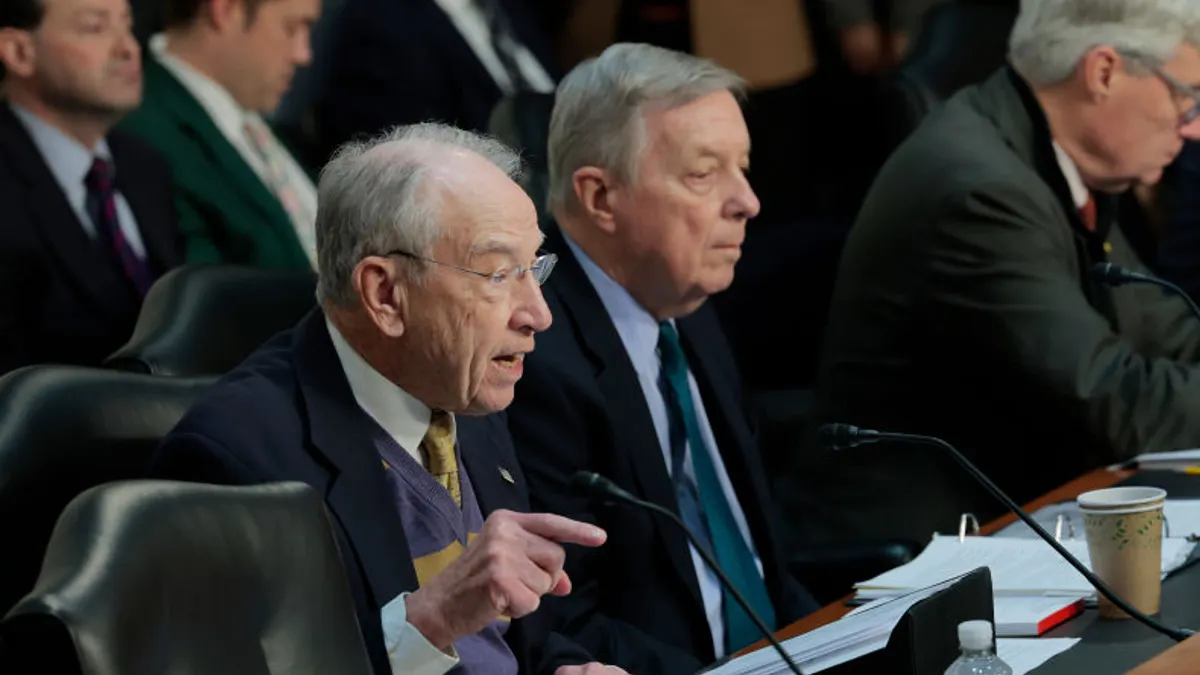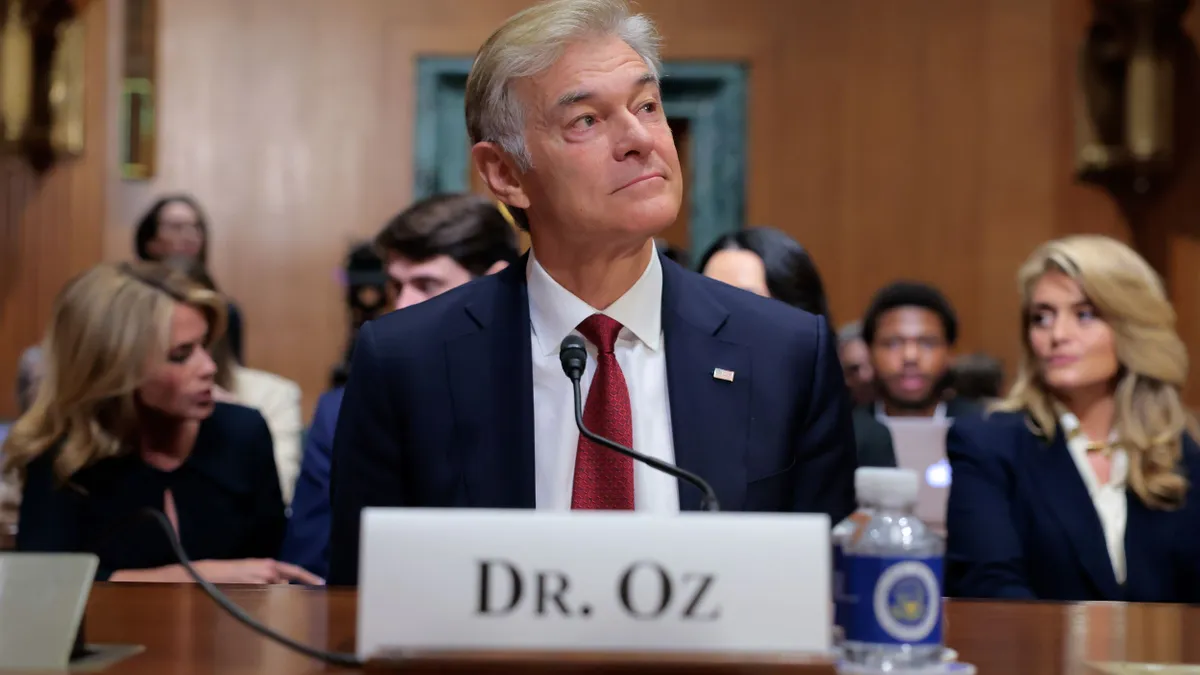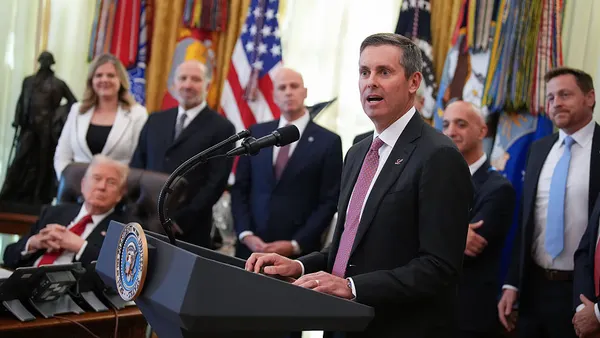Dive Brief:
- California officials are battling the worst whooping cough epidemic to hit the state in seven decades as a recent rebound in cases raises questions about the effectiveness of the pertussis vaccine.
- Physicians say the inoculation has led to fewer deaths from whooping cough than in the past and in instances where people do get sick, their illnesses aren't as severe. But California officials say the limited protection of the vaccine introduced in the 1990s has led to the rise in cases. Research has shown it doesn't last as long as the one it replaced.
- A total of 9,935 cases were reported to the California Department of Public Health from Jan. 1 to Nov. 26, the highest number in 70 years. The cases included one infant who died. Elementary, middle and high school outbreaks have occurred across the state.
Dive Insight:
What California hospitals are dealing with sounds a lot like what Midwestern hospitals struggled with beginning in September with enterovirus 68. Hospitals took careful precautions to help limit the spread of the virus: Blessing Hospital in Quincy, IL, for example, placed restrictions on children visiting patients this week. In the case of whooping cough, at least one local health department in Montana is relying on "contact-tracing" to locate people who have come into contact with diagnosed individuals.
California's pertussis crisis underscores the importance of vaccinations. However, it might be surprising to some that the anti-vaccine movement isn't being blamed for the current whooping cough epidemic.
Dr. Gil Chavez, epidemiologist with the California Department of Public Health, told news media he does not believe low inoculation rates are the primary cause of the current epidemic: Of this year's pediatric cases that had information on the child's vaccination history, only 10% of those infected in 2014 had not been vaccinated against pertussis. Chavez said the new vaccine's limitations and better tests have led to the increase in cases.













